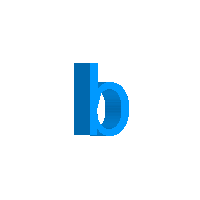When dealing with Dyslexia and other related learning difficulties, it is important to understand how thinking style plays a role in the learning process. It is commonly accepted that there are two basic kinds of learners - Verbal and Nonverbal. Nonverbal learners make up approximately 15-20% of the population, or one in five students in any given class room.
Verbal learners mainly think in words, with a sort of internal dialogue. Verbal thought is linear and follows the structure of language. Thinking verbally consists of composing mental sentences, one word at a time, at about the same speed as speech.
Nonverbal learners mainly think in pictures. They think with 3-dimensional, multi-sensory images that evolve and grow as the thought process adds more information or concepts. This thought process happens so much faster than verbal thinking, that it is usually subliminal.
When a picture-thinking person encounters a word that enables them to imagine a picture, that word will have meaning and can be clearly understood. However, when he/she is faced with certain abstract words or symbols in the English language, their picture-thinking ability is challenged and, therefore, the meaning of the word is not understood.
These words, and at least 212 others like them, are at the root of reading difficulties for a picture-thinker. With no picture to process, the material quickly loses meaning - causing confusion, frustration, and fatigue.
Commonly known as "sight words," these abstract words make up 45-60% of any given English paragraph. Non-verbal thinkers will become increasingly confused as these words continue to interfere with their comprehension.
The ability to think in 3-dimensional, multi-sensory pictures is a talent that all Dyslexics share. It can, however, cause problems and confusion when it comes to 2-dimensional symbols and words.
Nonverbal thought is multi-dimensional and object-based:

Verbal thought is linear and sequential:
